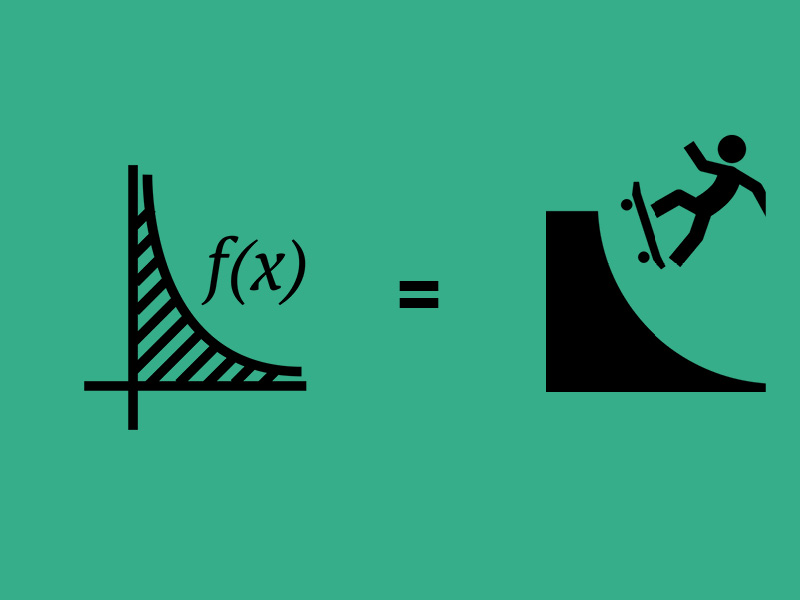Why not try an analogy?

Some matters cannot be explained in simple terms. Science is intricate and your research is often so specialized that even people from your own discipline have a hard time fully grasping your explanations.
How then do you expect the common man – researchers from other disciplines or the general public – to understand your explanations? How do you explain the String Theory to someone who has never in his life been in contact with Physics?
Why not try an analogy?
What is an analogy?
According to the dictionary an analogy is ‘a correspondence between two things that serves as a basis for a reasoning’.
Look for a correspondence between two independent things and use this correspondence to clarify something.
Why do analogies stick with us?
The reason analogies stick so well with your audience is two-fold:
- You use familiar concepts that people can visualize. By saying an atom somewhat resembles an onion, people will immediately understand that an atom has different layers.
- The images you are projecting in people’s minds with your analogy, act as video images, which they will remember far better than plain text. Analogies evoking vivid images will simply stick in anyone’s mind.
So, how do you form an analogy?
Finding a clever analogy is not easy, but here are several tips and tricks to keep in mind:
- Numbers are easily converted to a distance figure. Do you work with large numbers? Why not follow this example: ‘Stacking this number of soda cans would take you to the moon and back.’
- Can you compare it to something else? Let’s say you use a method that gradually works upwards and then steadily goes down again. Use an elevator-analogy.
- Or do your figures first escalate, only to plunge back down again? That could very well be symbolized by a wave.
- Having trouble creating an analogy? Try explaining your research project to a good friend, starting off with the words ‘Imagine that…’, and see where that goes. A great analogy may just come out of that.
Reflect and be creative.
The base camp analogy
I recently spotted an excellent analogy in an article on nuclear fusion. The article talked about a research project in which, with the use of nuclear fusion, they had managed to extract more energy from a process than what had initially been put into it. Revolutionary, to say the least.
The question from the audience was: when will this technique allow us to abundantly generate green energy?
This was the answer:
“Picture yourself climbing halfway up a mountain, but the top of the mountain is hidden in clouds … and then someone calls you on your satellite phone and asks you how long it’s going to take you to climb to the top of the mountain. You don’t know.”
By giving this clear answer, the researcher attempts to slightly curb our enthusiasm. Later in the article, he continues to say that the discovered technique is the ‘base camp’ of Mount Everest and is still a long way from the top.
And that is likely an analogy that you too could use. Research is often only a small part of a much larger research question. Even though each step is a leap forward, you are still a long way from the final answer. It is often key to curb people’s enthusiasm or explain to them that you have not yet reached your end goal. Your research is a ‘base camp’ for further research, and as the article quotes:
“What you do from these base camps is strike out in different directions and try to find the best way up.”
Another final clever analogy can be found in the footnotes. In the article we read that the net energy gain of the experiment is 8000 joules more than the fusion that was put into it. The footnote reads:
Rocket scientist Ben Brockert reminded me on Facebook that most folks don’t have a good handle on how much energy a joule represents, so he provides this tip: “The 8,000 joules they got out of the better shot is equal to about 2 food calories, the amount of energy you’d get from eating an eighth of a teaspoon of sugar.”
Now, there’s an analogy I can understand. A very valuable one, indeed. Without sufficient background knowledge, you could easily think 8000 joules would be enough to heat your home. Clearly not the case.
The best analogies are quick stories
Another very enjoyable (Dutch) book is ‘Vallende Kwartjes’ by Bas Haring and Ionica Smeets containing a wonderful series of science analogies. I especially liked the one on the gas chromatograph.
The gas chromatograph is a quite complex machine, but this is more or less the way it works:
Imagine taking a mix of men and woman and sending them through a shopping street with several clothing stores. You will notice that the men will come walking out of the street sooner than the women. The women ‘stick’ by the clothing stores.
Now send that same mix through a street with several high-tech gadget stores. You will notice that the women come walking out of the street sooner. This time, the men will ‘stick’.
By varying the store types on the street you will be able to extract certain elements from complex mixtures first, allowing you to easily analyze the elements separately.
Very straightforward, and anyone hearing this story will now surely understand the very basic principles of a gas chromatograph.
PS: We saw some other analogy examples in these previous blog posts